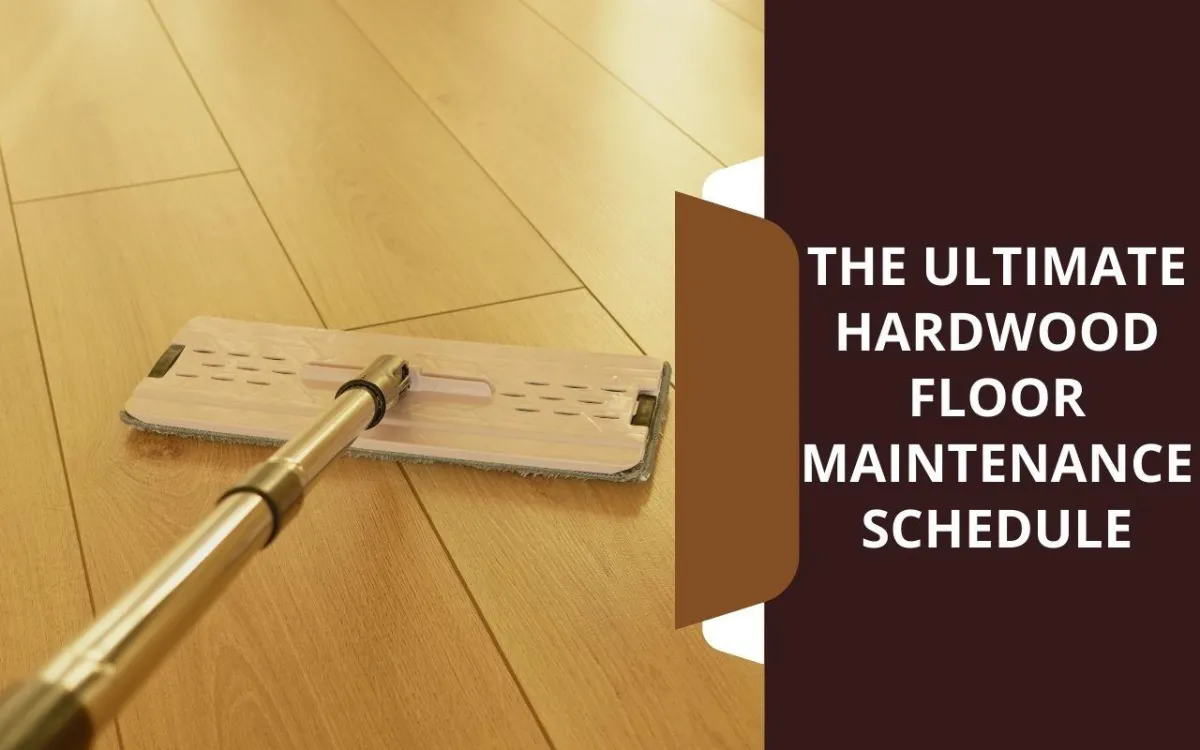
The Ultimate Hardwood Floor Maintenance Schedule
In today’s busy life, keeping hardwood floors beautiful requires a clear plan. A hardwood floor maintenance schedule ensures lasting elegance without endless effort. With simple steps, you can preserve shine, protect your investment, and enjoy timeless charm. Explore this guide to learn practical strategies that safeguard your floors every season.
Importance of Regular Maintenance
Establishing a hardwood floor maintenance schedule is essential. Dust, grit, and debris can cause scratches and reduce shine. Consistent care prevents minor problems from escalating. Regular cleaning also ensures even wear, avoiding patchy areas. Furthermore, good habits improve indoor air quality, limiting allergens. With a defined routine, care becomes easier and more effective.
Weekly Cleaning Tips
Weekly cleaning forms the foundation of a hardwood floor maintenance schedule. Always begin by sweeping or vacuuming with a hardwood attachment. This action removes abrasive particles before mopping. Use a damp microfiber pad with a pH-balanced cleaner to avoid dulling. Target high-traffic spots with a cloth instead of flooding the floor. Let surfaces dry fully before walking on them.
Sweep or vacuum with soft tools.
Use damp, not wet, microfiber pads.
Choose pH-balanced cleaners for wood floors.
Spot clean traffic areas carefully.
Ensure full drying before walking.
Monthly Maintenance Tasks
Each month, review your floors beyond surface cleaning. Check under rugs and mats for dirt or moisture. Lift rugs to avoid discoloration. Replace old door mats to prevent tracking. Apply a maintenance cleaner and buff with microfiber pads for renewed shine. Record scratches or dull patches for later attention. This monthly process ensures problems stay manageable.
Inspect under rugs for trapped moisture.
Replace worn mats and transition strips.
Apply protective hardwood cleaners.
Buff floors gently to restore shine.
Note scratches for future repair.
Quarterly Strategies for Longevity
Every three months, perform a deeper inspection. Look for seasonal gaps or fading near windows. Rotate rugs and furniture to spread wear evenly. Evaluate high-traffic spots for scratches. Replace or adjust furniture protectors as needed. Keep humidity stable between 35–55%. By following these quarterly steps, you reinforce your hardwood floor maintenance schedule effectively.
Biannual Deep Cleaning Techniques
Twice yearly, conduct a thorough deep clean. Remove furniture and rugs first. Sweep, vacuum, then apply a stronger hardwood cleaner. Gently scrub corners and seams where dirt collects. Rinse with a damp mop and buff dry. Renting a low-speed buffer adds professional results. Replace pads under furniture after cleaning. This approach keeps your floors fresh and strong.
Yearly Maintenance Rituals
Once a year, dedicate time to comprehensive care. Inspect for scratches, dullness, or dents. Schedule a buff and recoat session if finish looks worn. Tighten or replace loose boards. Refresh rugs and pads for continued protection. Test humidity levels and adjust as needed. These yearly tasks ensure your floors remain polished and resilient for years ahead.
Understanding Buff & Recoat Procedures
Buff and recoat extends the lifespan of your finish without sanding. Light abrasion removes surface dullness. A thin new layer of finish restores shine. This technique is quicker and less invasive than refinishing. Add buff and recoat every one to two years, based on usage. Including it in your hardwood floor maintenance schedule preserves beauty effortlessly.
Strategic Use of Rugs & Mats
Rugs and mats are key tools for hardwood floor care. Entryway mats trap dirt and moisture before spreading. Place area rugs in busy zones for extra protection. Select breathable, low-pile designs to prevent humidity buildup. Rotate rugs to distribute wear evenly. Use pads to hold rugs without harming the finish. Seasonal swaps help maintain balance.
Implementing Protectors and Sealants
Protectors and sealants offer crucial defense. Felt pads or glides prevent scratches when moving furniture. Replace worn protectors often to avoid damage. Use chair mats for rolling furniture. Sealants reduce moisture absorption and improve durability. Apply a thin coat annually to refresh the barrier. Together, these methods reinforce your hardwood floor maintenance schedule efficiently.
Frequently Asked Questions
How often should I sweep hardwood floors?
It is best to sweep daily, especially in high-traffic areas, to prevent dirt from scratching the surface.
What cleaner is safe for hardwood floors?
Always choose a pH-balanced cleaner designed for hardwood. This ensures grime removal without damaging the finish or wood.
When should I schedule buff and recoat?
Buff and recoat is recommended every one to two years, depending on foot traffic and visible wear patterns.
Can rugs damage hardwood floors?
Improper rugs can trap moisture. Use breathable materials with non-slip pads to protect wood without causing harm.
Why is humidity important for hardwood floors?
Wood expands and contracts with humidity changes. Maintaining 35–55% indoor humidity prevents gaps, cupping, or warping.
Preserving the Timeless Elegance
Following a structured hardwood floor maintenance schedule simplifies care. Weekly cleaning, seasonal checks, and yearly restorations ensure long-term beauty. Rugs, protectors, and sealants add extra protection. Ready to give your floors expert care? Explore our flooring solutions. For personalized advice, reach out through our contact page today.